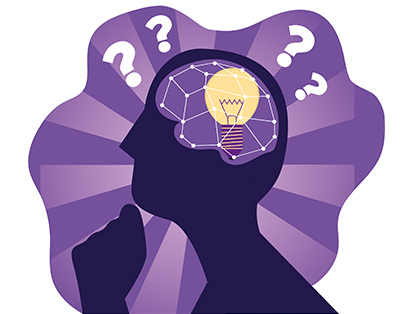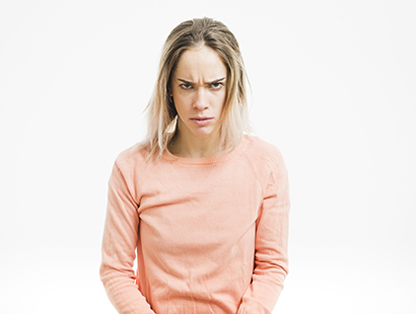What is the Stroop effect?
American psychologist John Ridley Stroop published a study of the effect named after him in 1935. Stroop conducted an experiment. He gave subjects a list in which the color of the word and its meaning did not match (for example, the word "yellow" is written in red ink).
The participants were asked to name the color of the ink in which the words were printed. According to the theory, our brain saves resources and "automatically" reads familiar words. Therefore, this task caused the greatest difficulties for people who knew the language in which the names of the colors were written. The subjects gave answers with a delay, often confusing the written and real colors.
The Stroop test was most popular in the United States during the Cold War. It was easy to determine from the inscriptions in Russian whether a person understands this language or not.
Can you pass the Stroop test?
This test seems very simple, but in fact, only 5% of people can pass it without mistakes!
Tests based on the Stroop experiment are actively used in psychology to determine the flexibility of cognitive thinking. If a person can quickly switch from reading words to designating colors, then their cognitive thinking is flexible enough. The point is precisely in the contradiction between the information read and seen.
Instruction
Choose the answer that correctly indicates the color of the inscription, regardless of the meaning of the word itself. You have one minute to complete the test, and your task is to give as many correct answers as possible during this time.















